Making your own wine is fun, self-assuring, and not to mention impressive to your friends and family. However, there are still some problems that new winemakers have to deal with, most of which they’d never have heard of before.
One main issue for new winemakers is that their final result is turning out to be much too dry. We love dry wine as much as the next person, but if you have ever tried a winemaker’s first couple of experiments, you’ll know what we mean. How to sweeten wine?
Grape juice
When it comes to making wine, grape juice plays a crucial role in determining the end product’s sweetness and alcohol content. The sugar content in grape juice is what ultimately gets converted into alcohol during fermentation, so choosing the right sweet grape varietals is essential for achieving the desired level of sweetness in the final wine.
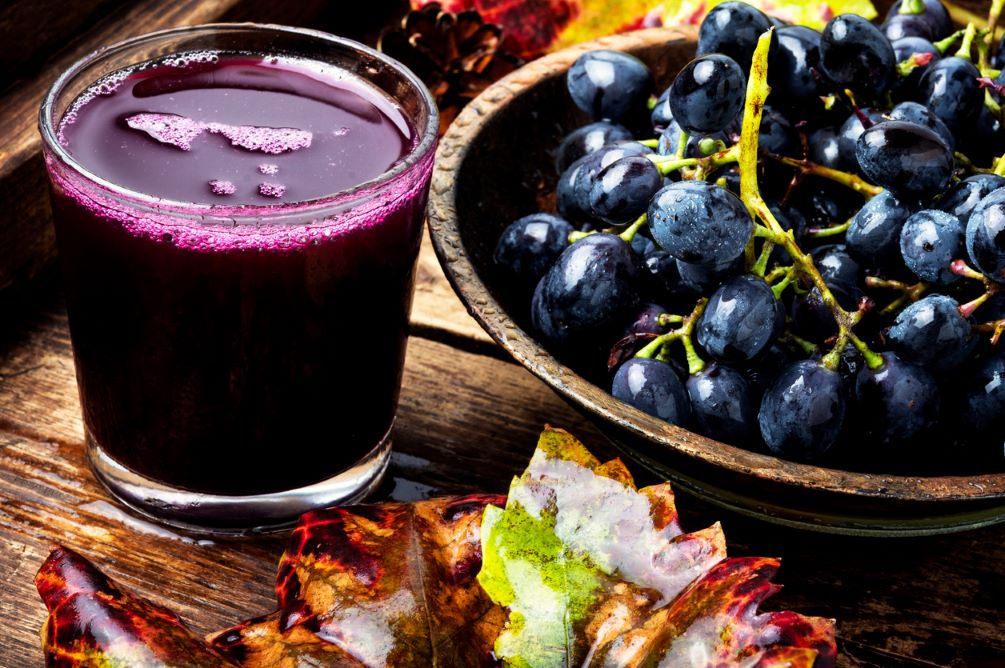
Some popular sweet grape varietals include Muscat, Zinfandel, and warm climate or late harvest Riesling, known for their high sugar levels that result in rich and flavorful wines.
Sweet wine vs Dry Wine
Sweet wines are typically made from grape varietals with high sugar content, such as Muscat and Riesling. These grapes are left on the vine longer to develop rich, concentrated flavors that translate into a luscious sweetness in the final product.
In contrast, dry wines are crafted from grape varietals like Cabernet Sauvignon and Merlot, which have lower sugar levels at harvest. The fermentation process for sweet wines is halted before all the sugars are converted into alcohol, resulting in a sweeter taste profile. On the other hand, dry wines undergo complete fermentation, leaving little residual sugar and creating a crisp, refreshing finish.
Perfect balance for Homemade wine
Achieving the perfect balance between sweet and dry wine involves precise control over factors like grape ripeness, fermentation time, and residual sugar levels in your finished wine. Winemakers may use techniques such as late harvesting or adding sugar during fermentation to enhance sweetness in their wines. Alternatively, for dry wines, they focus on yeast selection and temperature control to ensure thorough fermentation without leaving any residual sugars behind. Ultimately, whether you prefer sweet or dry wine comes down to personal taste preferences and exploring the vast array of grape varietals available to discover your unique palate delights.
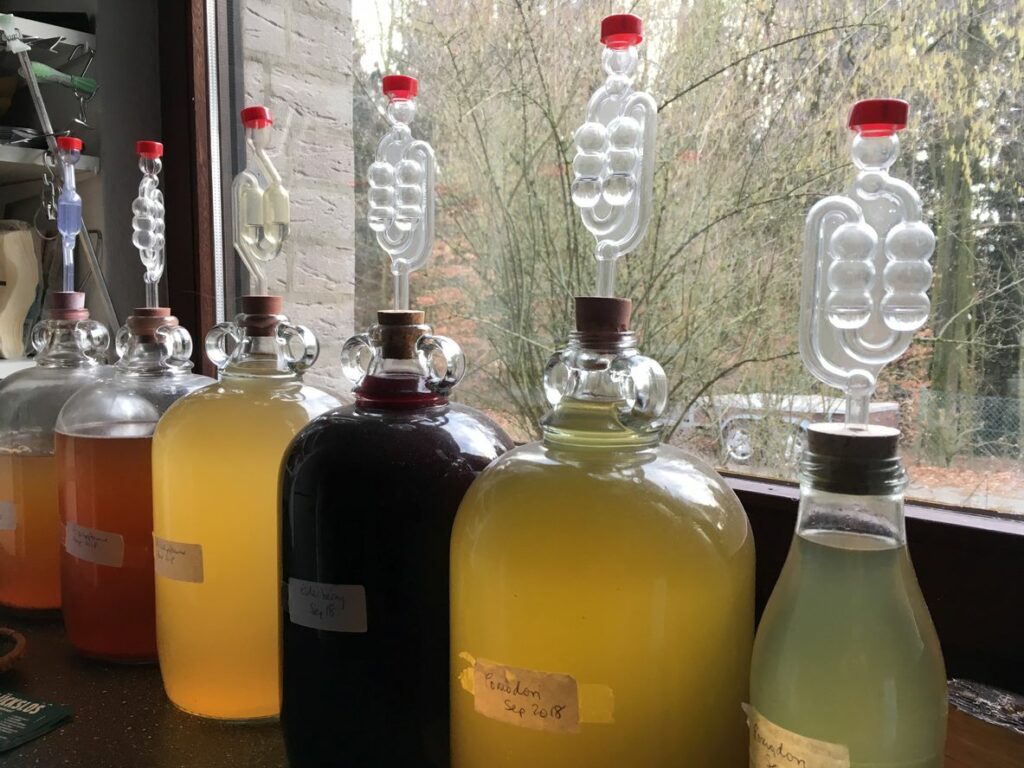
Luckily, this doesn’t mean that all of the wine needs to be poured down the drain and wasted. In fact, the remedy is quite simple and quick to do! All you need to do is back sweeten the wine before serving it to people.
Back sweetening can turn an incredibly dry wine into a semi-dry wine, or you can go all the way and make it as sweet as possible, similar to a dessert wine. The process of back sweetening is to make your wine ideal for your taste.
What is sweetened wine?
When it comes to sweetening wines, there are a few distinctive categories that stand out. Firstly, fortified wines such as Port or Sherry often have sweetness added through the process of fortification with grape spirits. These wines can range from slightly sweet to intensely rich and syrupy, depending on the style.
On the other hand, some winemakers opt to sweeten their wines by adding sugar during fermentation or even after fermentation is completed. This process is common in producing dessert wines like late harvest Rieslings or Icewines, where the natural sugars in the grapes are intensified through various techniques.
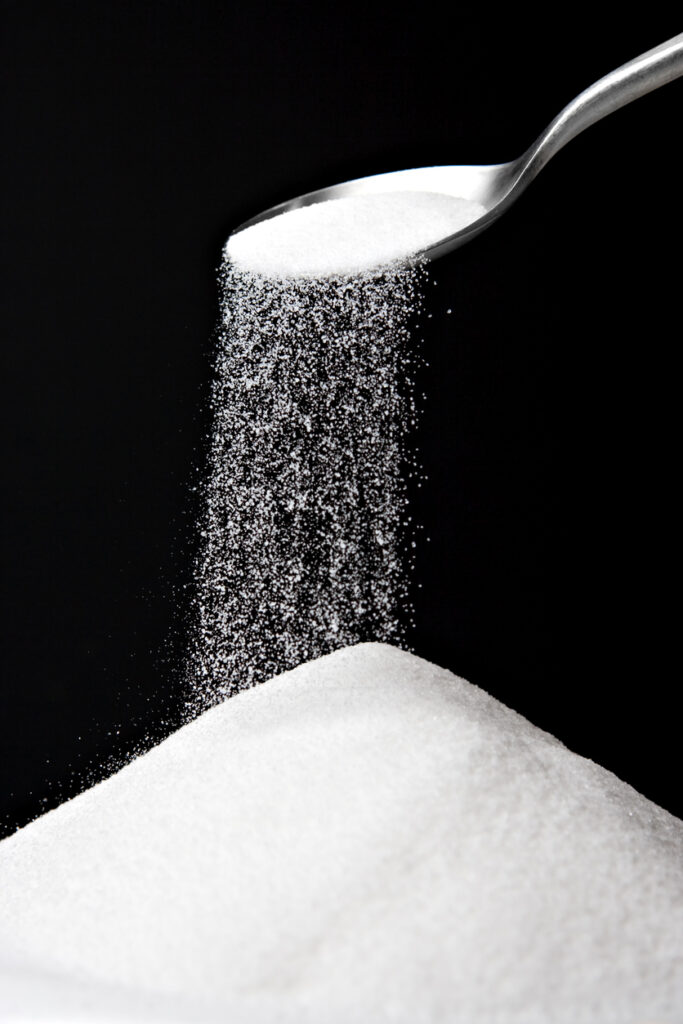
Interestingly, sparkling wines like Moscato d’Asti or Brachetto d’Acqui also fall into the category of sweetened wines. These effervescent delights often retain a touch of residual sugar which enhances their fruity flavors and makes them a favorite among those with a sweet tooth.
Which wines need back sweetening?
The most common wines that are in desperate need of back sweetening are actually fruit wines. The main fermentable in a fruit wine is sugar, which is 100% fermentable, and therefore it all gets converted into alcohol. This means that the fruit wine will be the dryest of them all.
Luckily, it is relatively simple to back sweeten your wine and add some more sweetness to it. Unfortunately; however, it isn’t as quick as simply adding a few spoonfuls of sugar into the liquid. There are a few more steps to follow.
What does back sweetening involve?
As the name suggests, back sweetening involves adding either sugar or sweetener back into the fermented wine to make it less dry. However, you need to ensure that the sugar you’re using is not going to start a second fermentation process and make it even dryer than before.
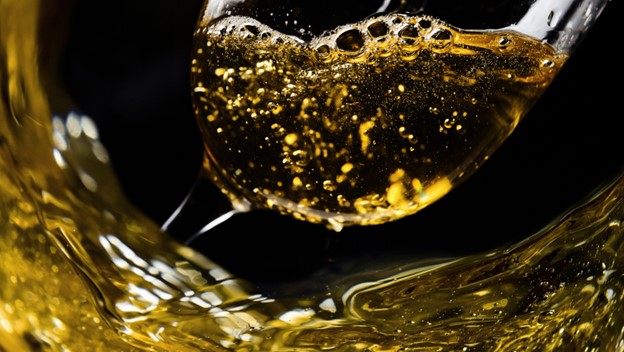
To ensure that this isn’t going to happen, you first need to stabilize the wine. This can be done once the fermentation is completely completed and the wine is clear. Below we will be looking at how to stabilize your wine as well as back sweetening it afterward.
How to back sweeten fruit wine
Back sweetening a fruit wine can be a delicate process that requires careful consideration of sweetness levels and flavor profiles. You can back sweeten wine by adding table sugar, maple syrup, corn sugar, beet sugar to obtain sweetened wine.
How to avoid to restart fermentation
Before adding any sugar or fruit juice to your fruit wine to make sweet wine you need to remove the wine yeast cells. The dead yeast cells form a sediment at the bottom of your fermentation flask. You can easily remove them by decanting the fruit wine into a new flask. This allows you to prevent re fermentation after you added sugar.
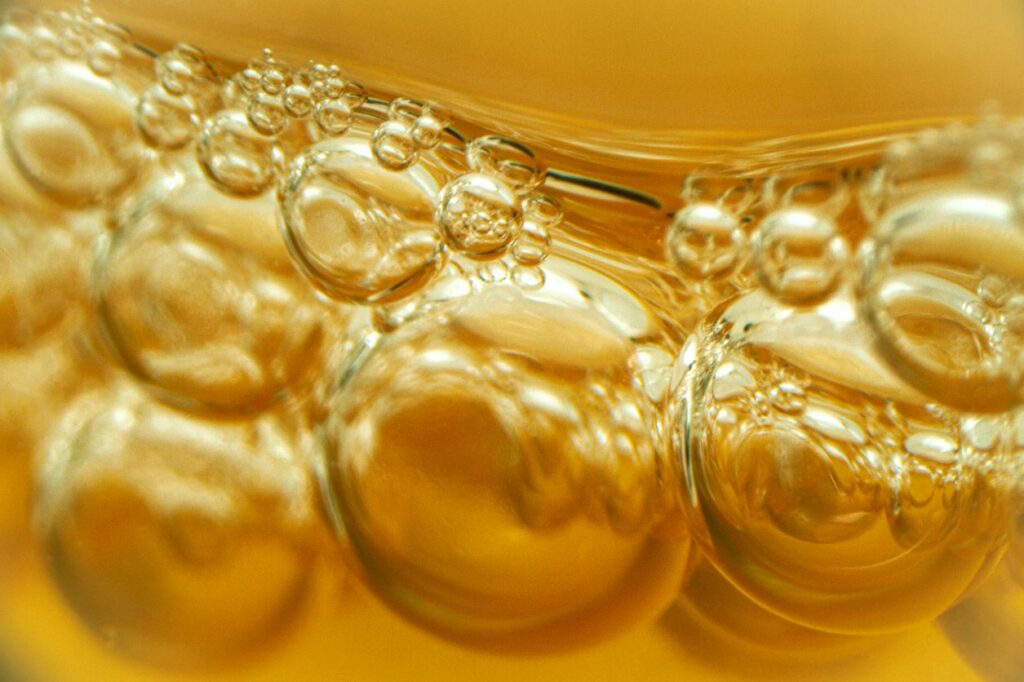
Back sweetening wine
One method is to add sugar syrup gradually to your finished wine to make sweet wine, tasting the wine along the way until the desired sweetness is achieved. Another approach is to blend in additional fruit juice or concentrate to enhance the natural flavors of the wine while adding sweetness.
It’s important to remember that back sweetening should be done in small increments to avoid making the overly sweet wine.
When back sweetening fruit wine, it’s crucial to consider the balance between acidity and sweetness. Adding too much sugar can mask the natural acidity of the wine, resulting in a cloying taste.
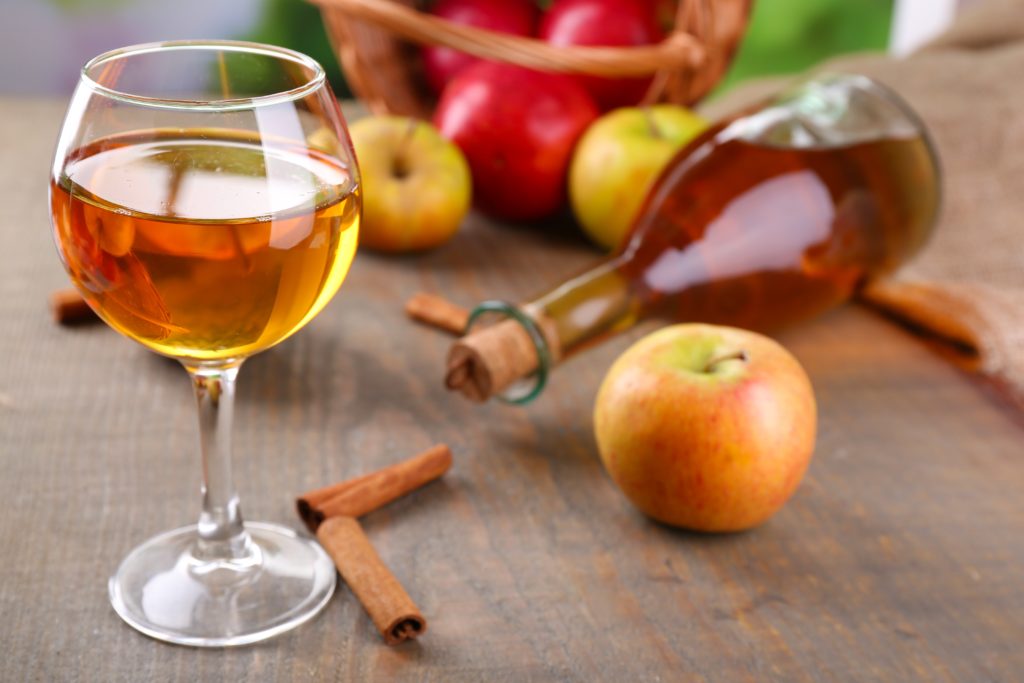
For apple wine or cider you can easily add apple juice or apple juice concentrate to sweeten your wine.
To maintain harmony, some winemakers opt for acid adjustments using tartaric or citric acid before back sweetening. This technique helps achieve a well-rounded finish that highlights both the fruity notes and sweetness of the wine.
When is fermentation finished?
First and foremost, we need to stabilize the wine before we can back sweeten it. This is the process of adding additives such as potassium sorbate to the wine. You should use as few additives as possible to avoid the taste or color being altered too much. Potassium sorbate acts as a stabilizer. It is a non fermentable sugar and it inhibits a renewed fermentation.

Stabilizing the wine should only be done once fermentation has been completed. To ensure that this first process active fermentation has ended, you’ll need to use a hydrometer that can measure the gravity of the wine.
For fruit wines, a reading between 0.998 and 1.000 means that the fermentation process has finished.
Stabilizing your wine
The wine will also need to have cleared completely, with the yeast all sedimented at the bottom of the liquid.
If your wine is still cloudy, it means that the yeast is still being suspended, and therefore stabilizing it will not work properly yet.
To stabilize your wine, you’ll need to add potassium sorbate and sodium metabisulphite. These are preservatives used within the food industry to prevent mold and yeast growth.
These additives will stop the yeast from reproducing, preventing added sugars from being fermented within your wine.
Before adding these preservatives, you’ll need to rack the cleared wine off of any sediment into a new bottle or container. This will prevent the sediment from getting stirred back up into the wine.
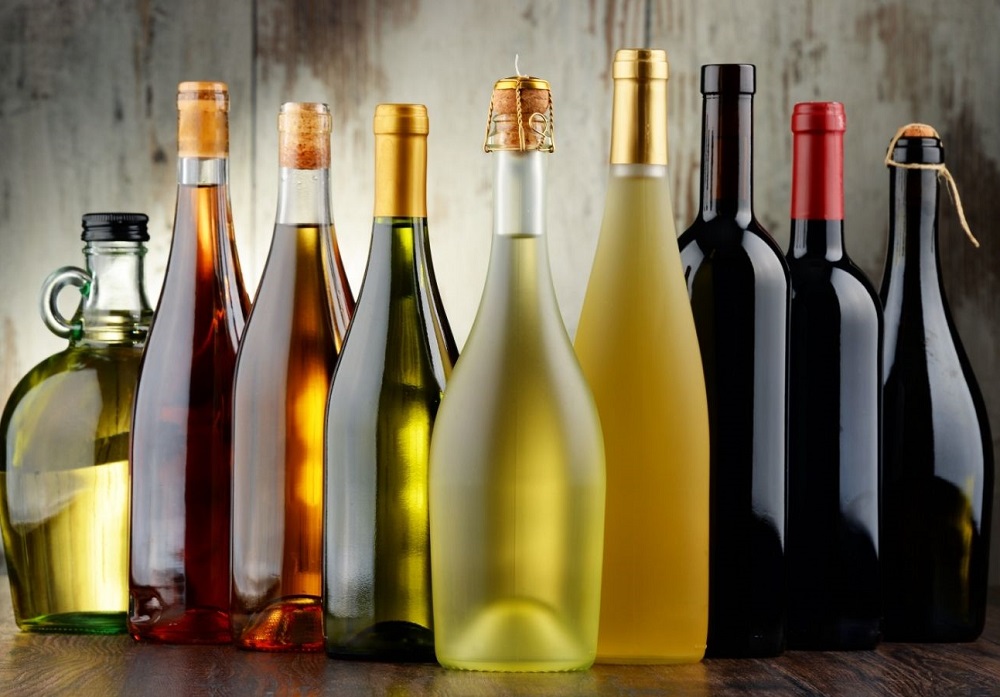
The common amount of each additive is ¾ teaspoon of potassium sorbate and one Campden tablet, which is the common name of sodium metabisulphite.
However, always check the correct amounts with your individual wine, depending on the fruit and how much of it you’ve made.
Dissolve these preservatives in water and leave them to cool before adding to your wine. Mix gently and leave for at least 12 hours before moving onto back sweetening.
Back sweetening your wine
There are different things that you can use to sweeten your wine, from types of sugar to artificial sweeteners. Plain sugar or sugar solution is considered the best.
Simply dissolve a 1:1 ratio of sugar and water to create a sugar solution and start to add it slowly into your wine until you reach your desired sweetness.
Alternatively, you can use fruit juice to add sweetness back into the wine. Grape juice is a good option and will enhance the flavor without altering it too much. Some people prefer this to just adding sugar as it makes the flavor more powerful.
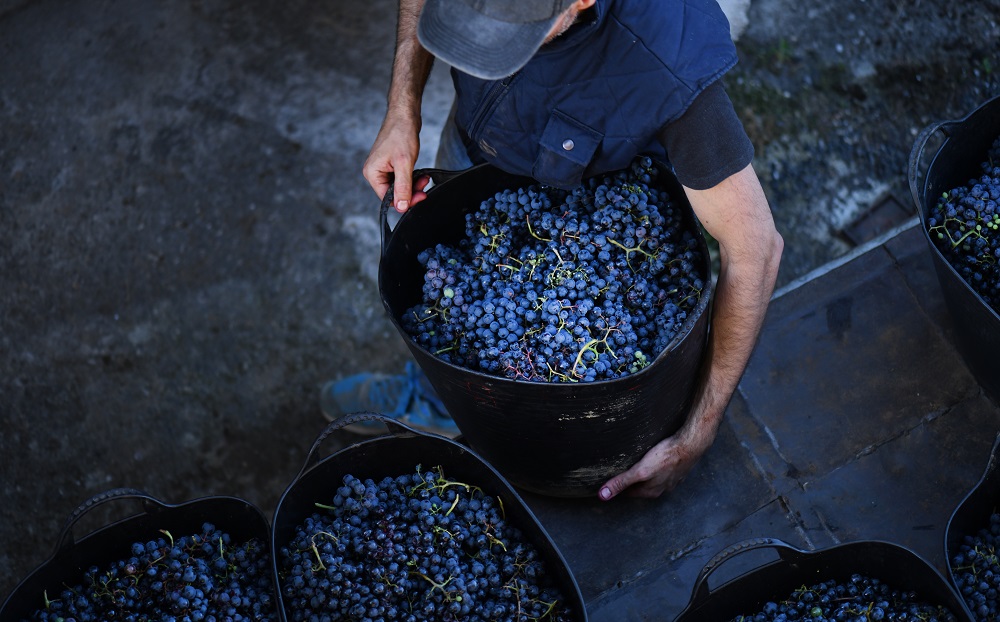
You can also add Glycerine to your wine, which is a liquid without any color, flavor, or scent. It just tastes incredibly sweet. An added benefit of Glycerine is that it cannot be fermented.
No matter which option you choose, you should add only a small, measured amount of the sweetener at a time to ensure that you don’t add too much and make your wine too sweet.
This isn’t the most accurate way of back sweetening your wine, but it is the easiest.
Using extrapolation to back sweeten wine
If you want to use a more accurate method of back sweetening wine, you should take a small sample of your wine to test on. This should be 100ml to avoid wasting too much.
Using a pipette, take a few drops of your chosen sweetening solution and add them to your wine. Make sure to count how many you’re using!
One drop will be 0.05ml. Sample the wine and continue adding more sweetener until you’re happy with the taste.
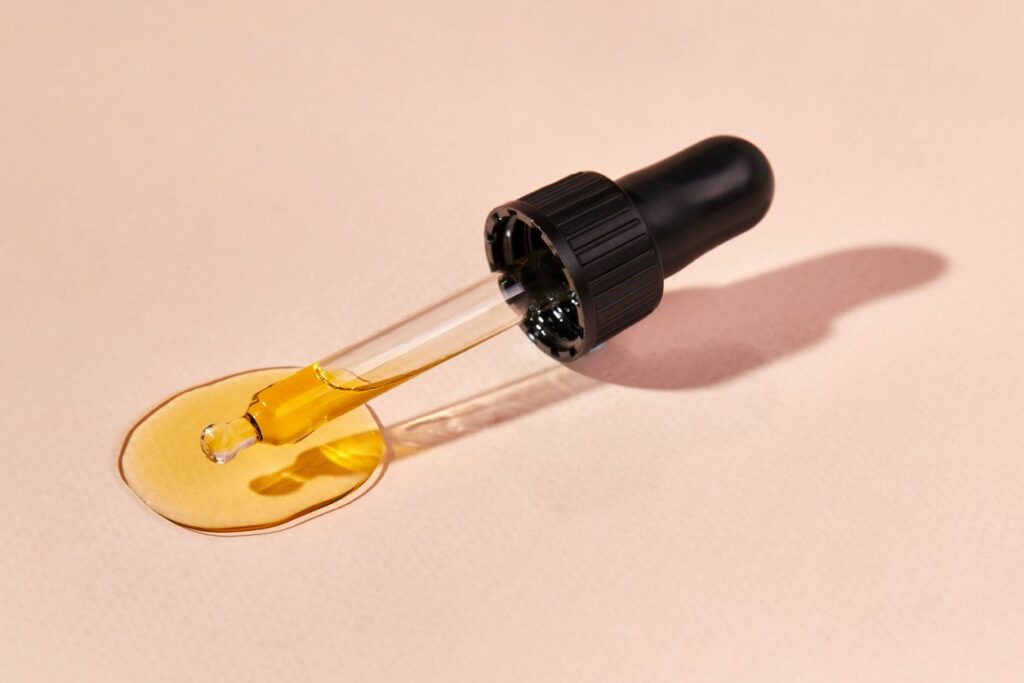
Once you reach the perfect sweetness, you can extrapolate the number of drops you used and add them to the entire batch. Again, this isn’t an incredibly accurate way of doing things, but it will help you to avoid oversweetening your wine.
What is Chaptalization
Chaptalization, a winemaking process widely utilized in wine-producing regions such as Germany, Italy, France, and California, involves the addition of sugar to grape must before fermentation of the grape juice begins. This practice is often employed to boost the alcohol content of the final wine when natural sugar levels in the grapes are insufficient. While controversial among purists who argue it can mask terroir qualities, chaptalization remains a common tool for winemakers seeking to achieve balance and consistency in their wines and may sweeten wine.
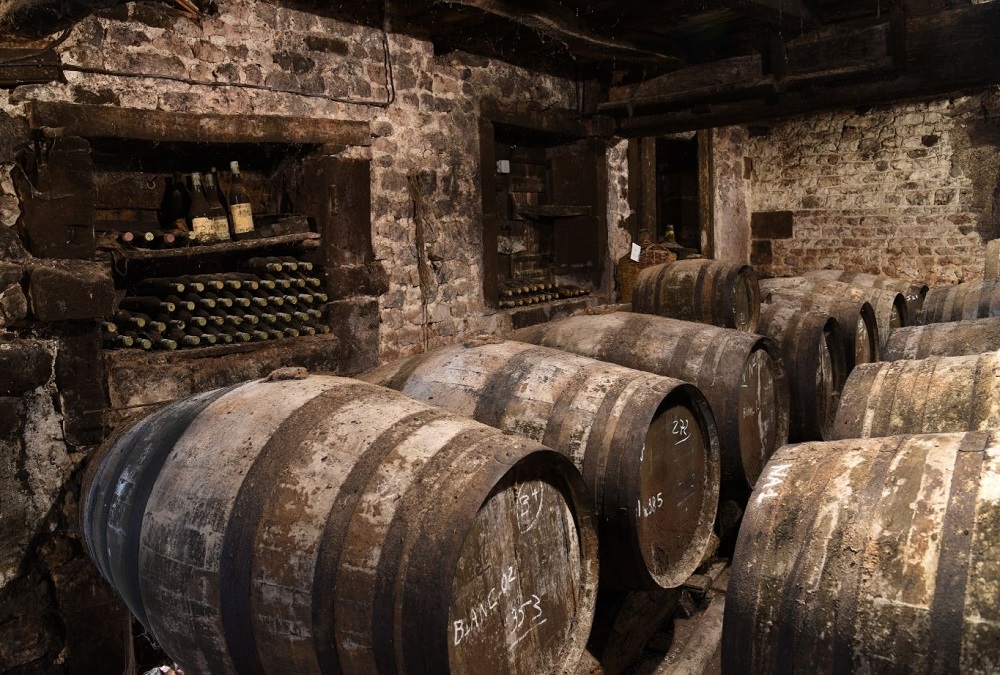
In Germany and France, chaptalization is tightly regulated by strict laws that dictate how much sugar can be added based on factors like grape variety and regional climate. Italians also use this technique but tend to be more reserved in its application due to a strong emphasis on traditional winemaking practices to sweeten win.
In contrast, California winemakers have more flexibility around chaptalization regulations, allowing them greater freedom to experiment with different styles and flavor profiles.
Summary
We hope that you’ve learned something interesting and helpful about back sweetening your wine! Now you’ve got the drinks sorted for your next get-together ready to wow your peers with your newest craft – enjoy!

